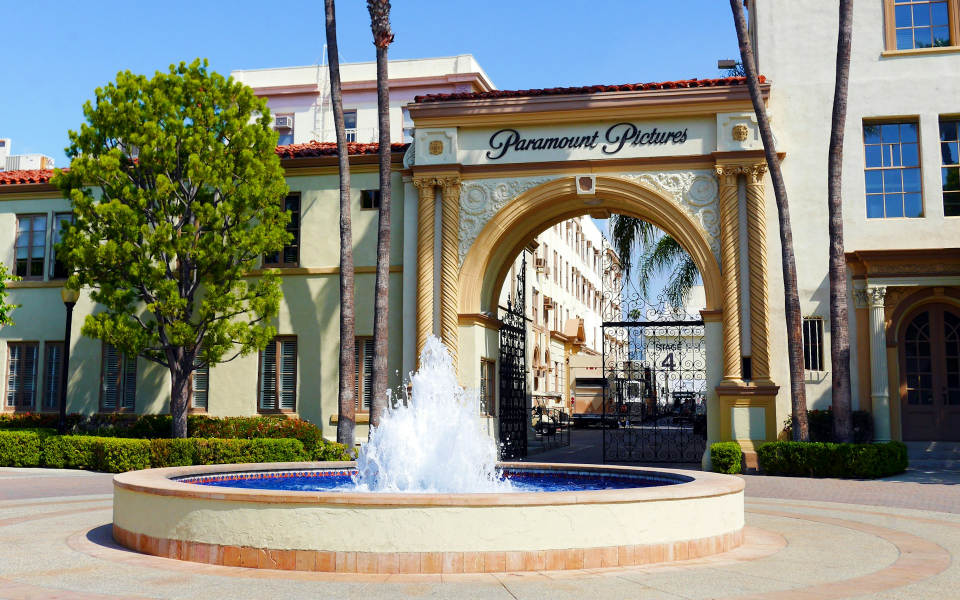Johnson & Johnson's
Johnson & Johnson's
A single dose vaccine is a game changer for it eases all the logistics for governmental and local health systems. The vaccines developed by other frontrunners like Pfizer
A single dose vaccine is a game changer for it eases all the logistics for governmental and local health systems. The vaccines developed by other frontrunners like Pfizer
Moreover, the J&J vaccine can remain stable at average refrigerator temperature for months, whereas the other vaccines have to be frozen, which simplifies shipping and storage methods.
Moreover, the J&J vaccine can remain stable at average refrigerator temperature for months, whereas the other vaccines have to be frozen, which simplifies shipping and storage methods.
For the study, J&J sought to study all possible dosings of its vaccine, dividing its volunteer pool of healthy adults between the ages of 18 and 55 and 65 and above into multiple randomly assigned groups: one group received a low dose, one group received a high dose, and a small group of participants between the ages of 18 to 55 received a second dose, while the last received an inert placebo. The trial tested 805 volunteers.
For the study, J&J sought to study all possible dosings of its vaccine, dividing its volunteer pool of healthy adults between the ages of 18 and 55 and 65 and above into multiple randomly assigned groups: one group received a low dose, one group received a high dose, and a small group of participants between the ages of 18 to 55 received a second dose, while the last received an inert placebo. The trial tested 805 volunteers.
According to the research data, a majority of the trial participants produced detectable levels of coronavirus neutralizing antibodies, which signal that the vaccine may be effective at preventing COVID infection, after 28 days. Researchers found that by day 57, all volunteers who received at least one dose of the vaccine had detectable antibodies, with those levels remaining for at least 71 days.
The one-dose vaccine had side effects similar to most vaccines, including headache, fatigue, fever, muscle soreness, and pain at the injection side, all resolving within four days of injection. Side effects were less common in those who only received one dose or the lower dosage of the vaccine, according to trial data.
According to the research data, a majority of the trial participants produced detectable levels of coronavirus neutralizing antibodies, which signal that the vaccine may be effective at preventing COVID infection, after 28 days. Researchers found that by day 57, all volunteers who received at least one dose of the vaccine had detectable antibodies, with those levels remaining for at least 71 days.
J&J's vaccine differs in technology than the mRNA vaccines developed by Pfizer-BioNTech or Moderna, for it uses a modified common cold virus, called an adenovirus, to make copies of the coronavirus' spike protein, which in turn "trains" the immune system to identify and fight a real COVID infection. J&J developed its coronavirus vaccine candidate using the same technologies as its Ebola vaccine and its Zika, RSV, and HIV investigational vaccine candidates.
The one-dose vaccine had side effects similar to most vaccines, including headache, fatigue, fever, muscle soreness, and pain at the injection side, all resolving within four days of injection. Side effects were less common in those who only received one dose or the lower dosage of the vaccine, according to trial data.
The pharmaceutical giant expects to release the results from its late-stage, 45,000 participant study by the end of the month.
J&J's vaccine differs in technology than the mRNA vaccines developed by Pfizer-BioNTech or Moderna, for it uses a modified common cold virus, called an adenovirus, to make copies of the coronavirus' spike protein, which in turn "trains" the immune system to identify and fight a real COVID infection. J&J developed its coronavirus vaccine candidate using the same technologies as its Ebola vaccine and its Zika, RSV, and HIV investigational vaccine candidates.
Dr. Paul Stoffels, chief scientific officer at J&J, told Reuters an interview on Tuesday that he expects the company to meet its target of delivering 1 billion doses of its one-dose vaccine by the end of this year. J&J also tentatively expects the vaccine to be approved by the U.S. Food and Drug Administration by March, but do not know how many doses will be available by then.
The pharmaceutical giant expects to release the results from its late-stage, 45,000 participant study by the end of the month.
The New York Times reported on Wednesday that J&J was experiencing manufacturing delays that could affect the company's early supply. However, the prospect of a single dose vaccine will beneficial even if there are delays to early supply following the drug's emergency use approval.
The Department of Health and Human Services agreed to purchase 100 million doses of the J&J vaccine for about $1 billion back in August. The deal leaves room for the federal government to purchase an additional 200 million doses.
Dr. Paul Stoffels, chief scientific officer at J&J, told Reuters an interview on Tuesday that he expects the company to meet its target of delivering 1 billion doses of its one-dose vaccine by the end of this year. J&J also tentatively expects the vaccine to be approved by the U.S. Food and Drug Administration by March, but do not know how many doses will be available by then.
The New York Times reported on Wednesday that J&J was experiencing manufacturing delays that could affect the company's early supply. However, the prospect of a single dose vaccine will beneficial even if there are delays to early supply following the drug's emergency use approval.
The Department of Health and Human Services agreed to purchase 100 million doses of the J&J vaccine for about $1 billion back in August. The deal leaves room for the federal government to purchase an additional 200 million doses.


















